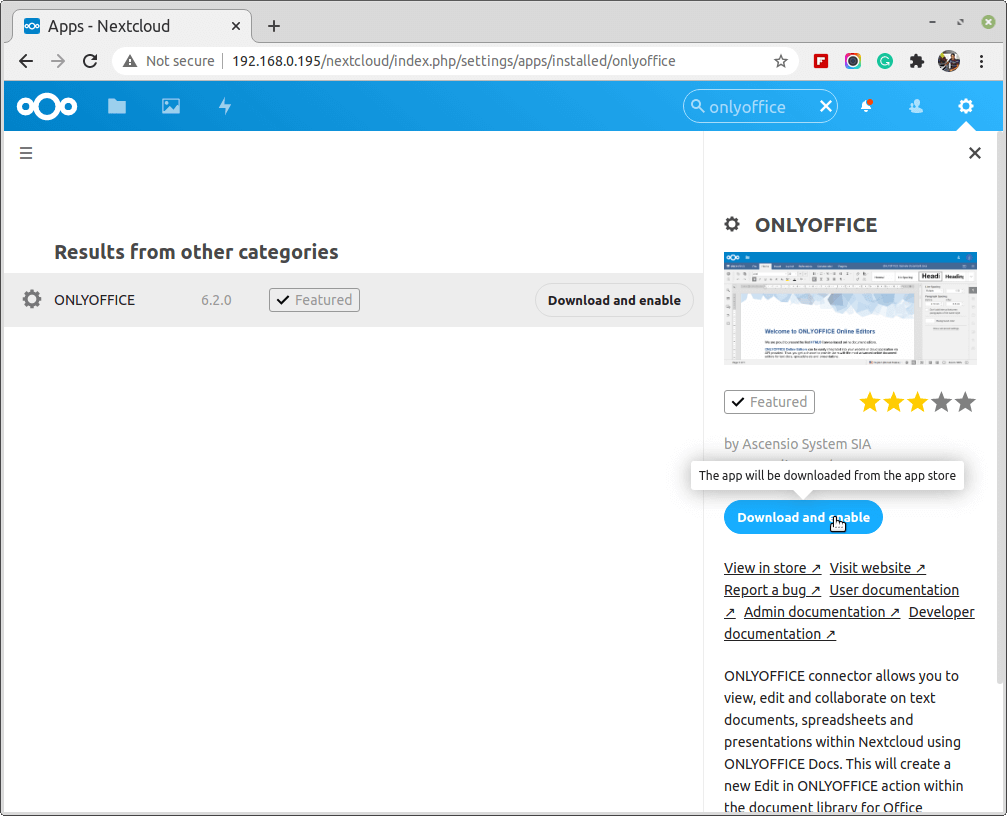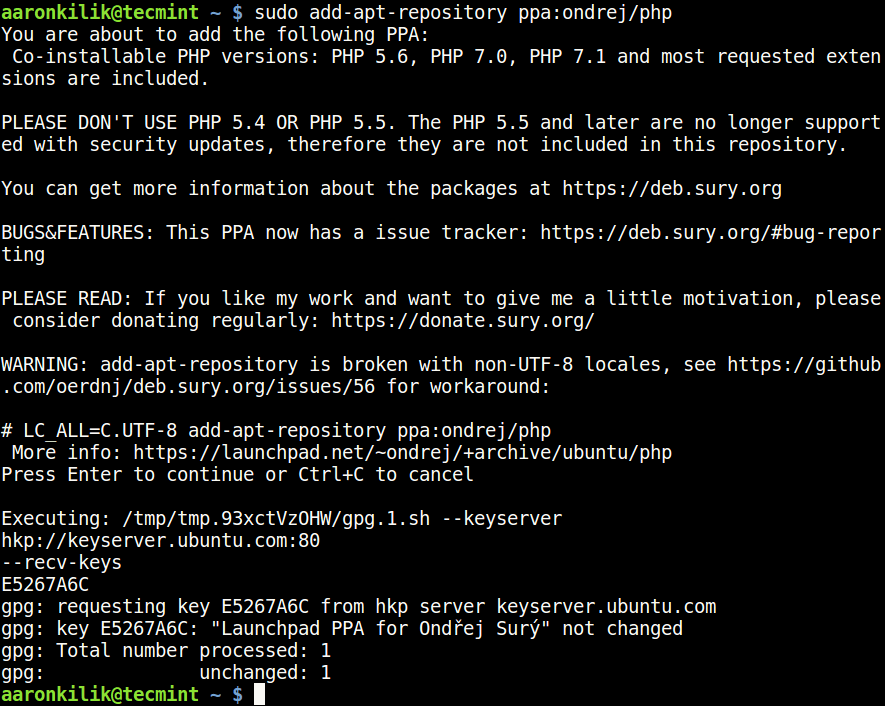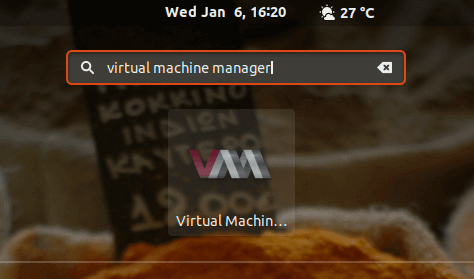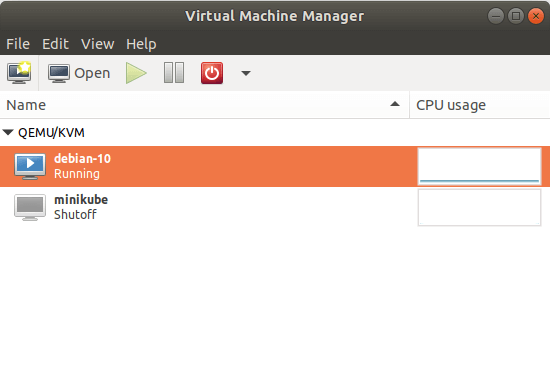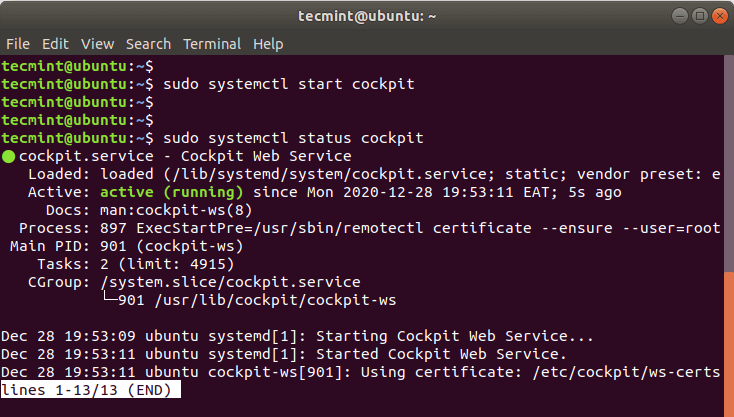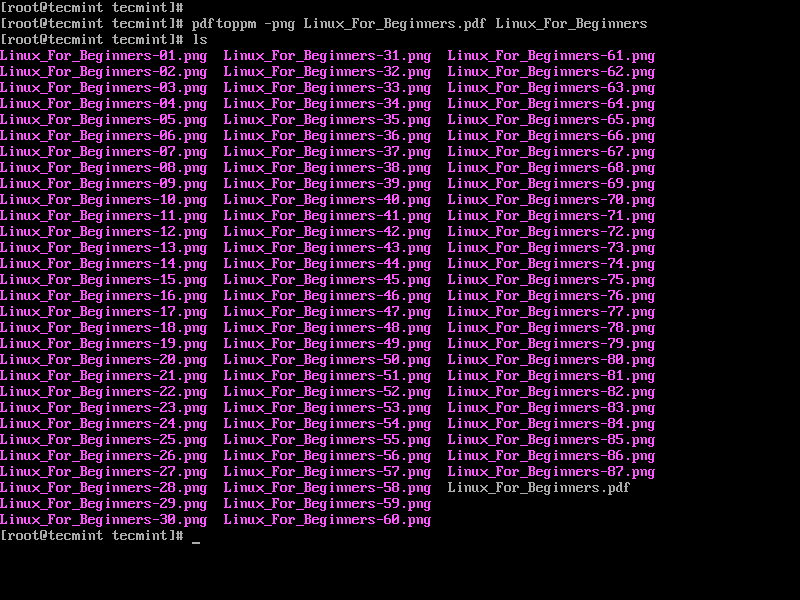Document collaboration as the practice of multiple people working simultaneously on a single document is really important in today’s technologically advanced age. Using document collaboration tools, users can view, edit, and work simultaneously on a document without sending emailing attachments to each other all day. Document collaboration is sometimes called co-authoring. Real-time document co-authoring is
Ubuntu Tips - Page 3 of 10 - DesignLinux
How to Install Webmin on Ubuntu 20.04
Most system administration tasks are usually carried out on the terminal. They involve creating users, running updates and changing configuration files and so much more. It can be rather boring to work perpetually on the terminal. Webmin is an opensource web administration tool that allows users to easily monitor and manage servers. Some of the
How to Install Flask in Ubuntu 20.04
Two commonly used open-source Python web frameworks are Django and Flask. Django is a robust Python framework that allows users to rapidly develop and deploy their web applications by providing an MVC framework that aims at simplifying web app development with less code along with reusable components. Meanwhile, Flask is a microframework that is lean
How to Create a KVM Virtual Machine Template
A virtual machine template is essentially a copy of the installed virtual machine that comes in handy when you want to deploy multiple instances of virtual machines. Creating a template is a 3 step process that involves creating a virtual machine, installing all the requisites packages that you want to be installed, and finally cleaning
How to Install Different PHP (5.6, 7.x and 8.0) Versions in Ubuntu
PHP (recursive acronym for PHP: Hypertext Preprocessor) is an open-source, popular general-purpose scripting language that is widely-used and best suited for developing websites and web-based applications. It is a server-side scripting language that can be embedded in HTML. Currently, there are three supported versions of PHP, i.e PHP 5.6, 7.0, and 8.0. Meaning PHP 5.3,
How to Create Virtual Machines in KVM Using Virt-Manager
As you get started, ensure that the KVM hypervisor is installed on your system. An acronym for Kernel-based Virtual Machine, KVM is a combination of kernel modules & utilities needed to run virtual machines on a host system. These include QEMU, virt-install, libvirtd daemon, virt-manager and so many more. We have elaborate articles on: How
How to Manage Virtual Machines in KVM Using Virt-Manager
The virt-manager application provides an easy-to-use interface that allows users to perform a wide range of tasks including creating guest machines and assigning critical virtual resources such as CPU, memory, and disk space. Users can also configure networking, pause, and resume the guest machines as well as monitor performance. As you get started, make sure
How to Install Apache CouchDB in Ubuntu 20.04
Implemented in Erlang, Apache CouchDB, simply referred to as CouchDB, is an open-source NoSQL database that focuses on data storage in JSON format. CouchDB is a perfect choice for operation teams and businesses looking for a high-performance NoSQL database solution. Unlike relational databases such as MySQL, CouchDB uses a schema-free data model, simplifying records management
Managing KVM Virtual Machines with Cockpit Web Console in Linux
Cockpit is a free and open-source front-end tool that provides administrative access to Linux systems. It allows system administrators to monitor, manage, and troubleshoot Linux servers. It provides an intuitive web interface that easy to navigate and keep track of the salient system features and resources. There’s a whole lot of things you can do
How to Convert PDF to Image in Linux Command Line
pdftoppm converts PDF document pages to image formats like PNG, and others. It is a command-line tool that can convert an entire PDF document into separate image files. With pdftoppm, you can specify the preferred image resolution, scale, and crop your images. Related Read: 8 Best PDF Document Viewers for Linux Systems To use the

